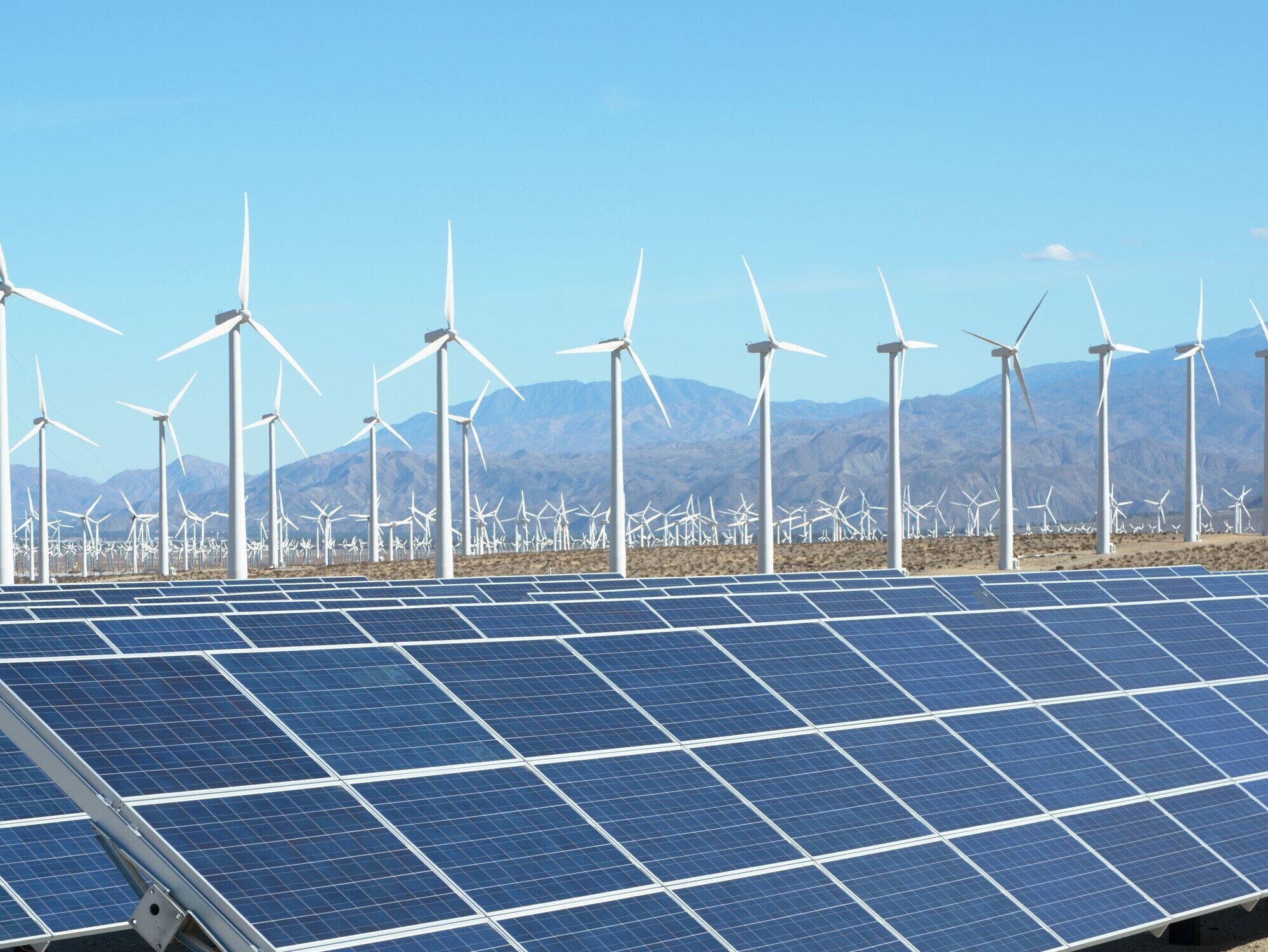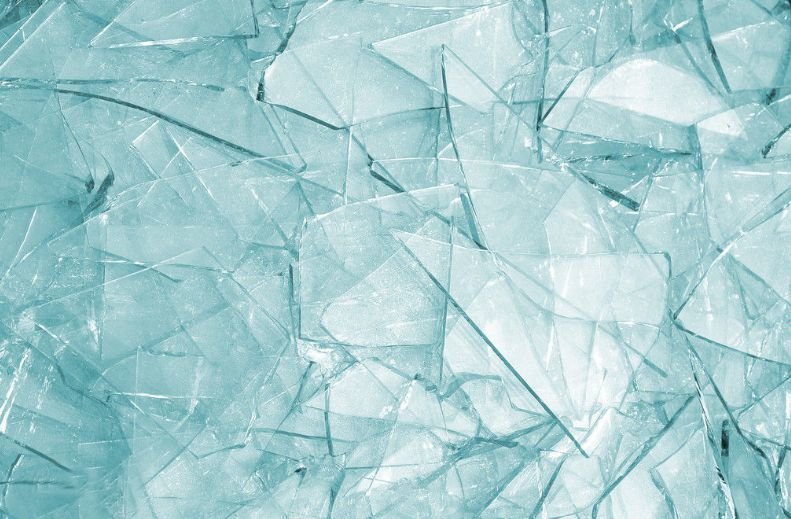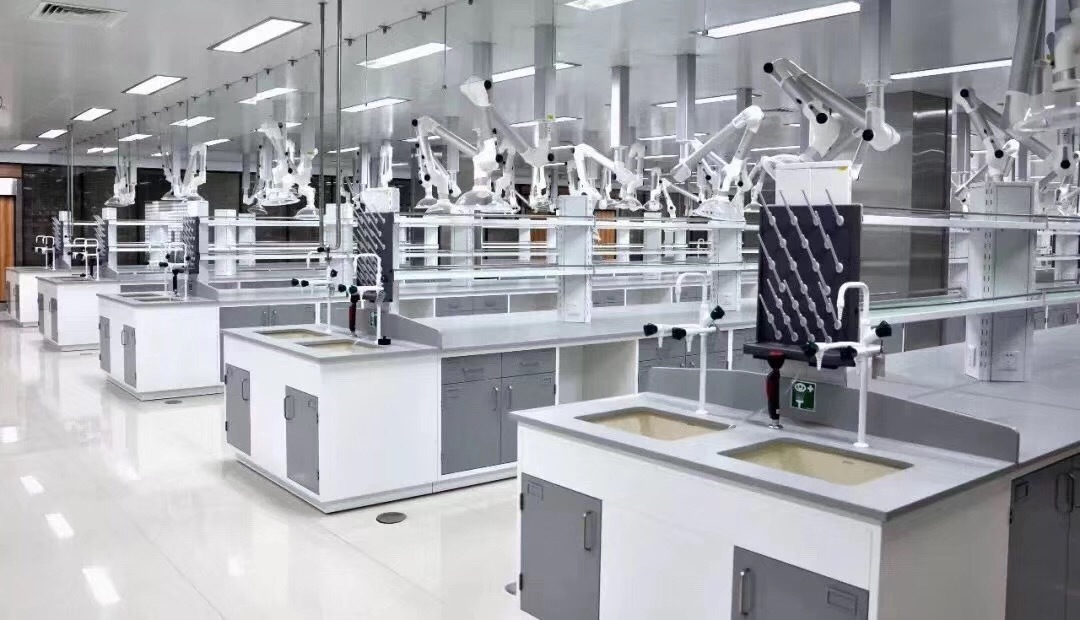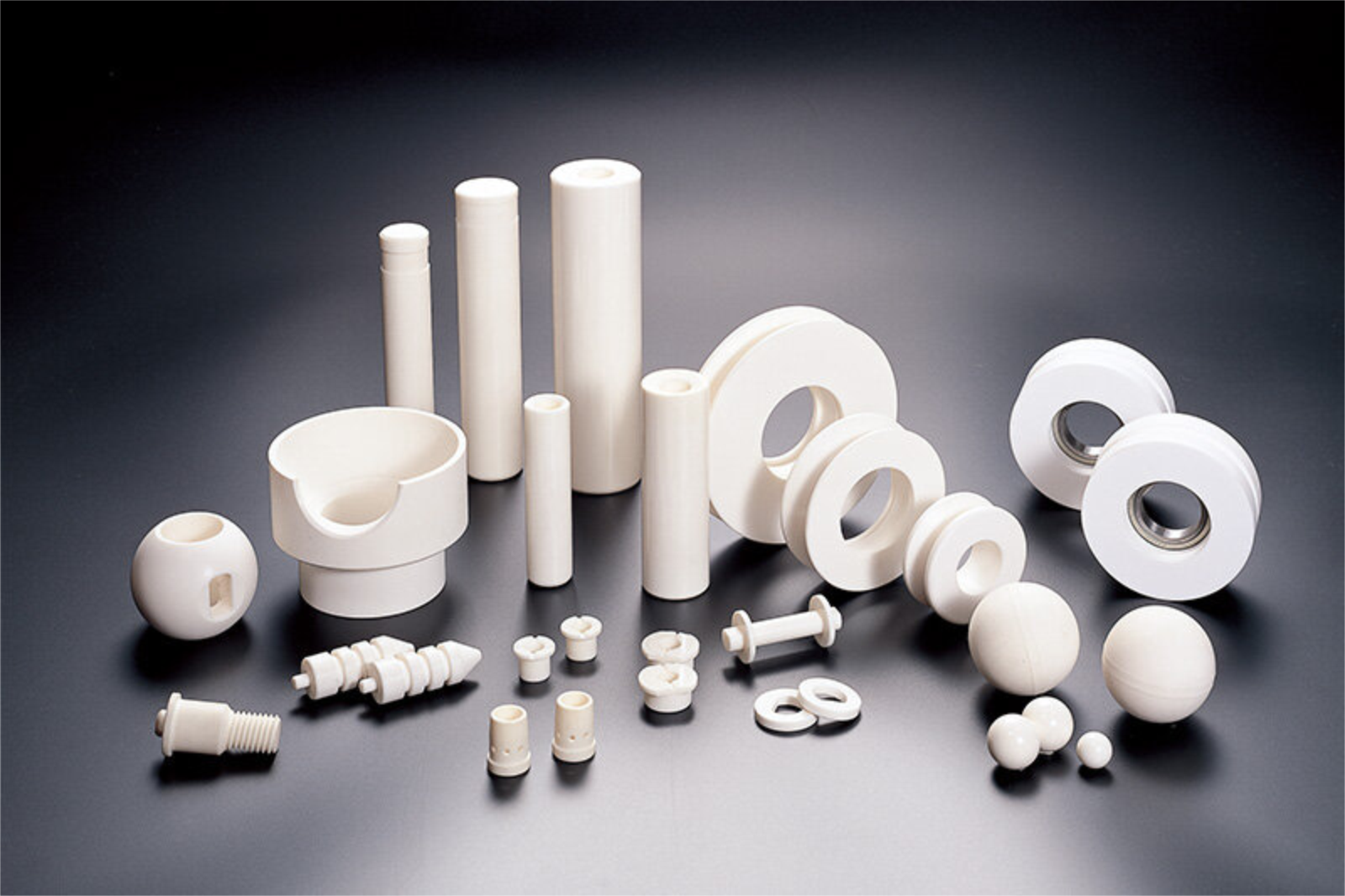Application areas
Widely used in the synthesis process of lithium-ion battery positive electrode materials, which can provide a high-temperature environment with controllable oxygen content to ensure the purity and crystallinity of the materials; in the solar photovoltaic industry, it is used for the processing and treatment of silicon wafers to improve the efficiency and performance of silicon wafers; in the field of fuel cells, it is used for the manufacture and processing of battery stacks to ensure the performance and life of fuel cells.
In glass technology, it's used to heat glass materials, provide high temperature and constant heating environment, and make glass materials melt and shape quickly to make various glass products, such as glassware, glass fiber, etc., to meet the production needs of various glass products. At the same time, heat treatment of glass can change its physical properties, such as strengthening strength and improving wear resistance.
A common laboratory equipment, widely used in experiments and small batch production in colleges and universities, scientific research institutes. It is mainly used for heat treatment, sintering, degassing, annealing, burning and other processes of samples; used for powder roasting, ceramic sintering, high temperature experiments, material processing, quality inspection and other scientific research and teaching experiments, providing important experimental means for materials research, analytical chemistry, fuel analysis, geology and other fields.
It can sinter ceramic materials at high tems, provide a stable heating effect, ensure that the materials are fully sintered, adjust the grain size and phase change temperature of ceramic materials, improve the density and mechanical properties of materials, obtain the required physical and chemical properties, and ensure that the quality and performance of ceramic products meet the requirements. In addition, it can also be used for heat treatment of ceramic materials, such as vitrification and annealing of ceramics.

Widely used in the synthesis process of lithium-ion battery positive electrode materials, which can provide a high-temperature environment with controllable oxygen content to ensure the purity and crystallinity of the materials; in the solar photovoltaic industry, it is used for the processing and treatment of silicon wafers to improve the efficiency and performance of silicon wafers; in the field of fuel cells, it is used for the manufacture and processing of battery stacks to ensure the performance and life of fuel cells.

In glass technology, it's used to heat glass materials, provide high temperature and constant heating environment, and make glass materials melt and shape quickly to make various glass products, such as glassware, glass fiber, etc., to meet the production needs of various glass products. At the same time, heat treatment of glass can change its physical properties, such as strengthening strength and improving wear resistance.

A common laboratory equipment, widely used in experiments and small batch production in colleges and universities, scientific research institutes. It is mainly used for heat treatment, sintering, degassing, annealing, burning and other processes of samples; used for powder roasting, ceramic sintering, high temperature experiments, material processing, quality inspection and other scientific research and teaching experiments, providing important experimental means for materials research, analytical chemistry, fuel analysis, geology and other fields.

It can sinter ceramic materials at high tems, provide a stable heating effect, ensure that the materials are fully sintered, adjust the grain size and phase change temperature of ceramic materials, improve the density and mechanical properties of materials, obtain the required physical and chemical properties, and ensure that the quality and performance of ceramic products meet the requirements. In addition, it can also be used for heat treatment of ceramic materials, such as vitrification and annealing of ceramics.






